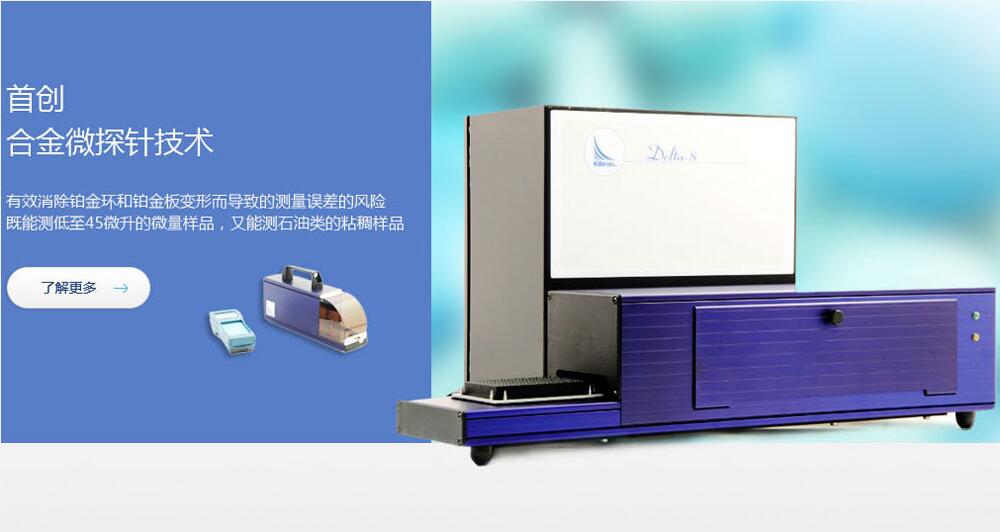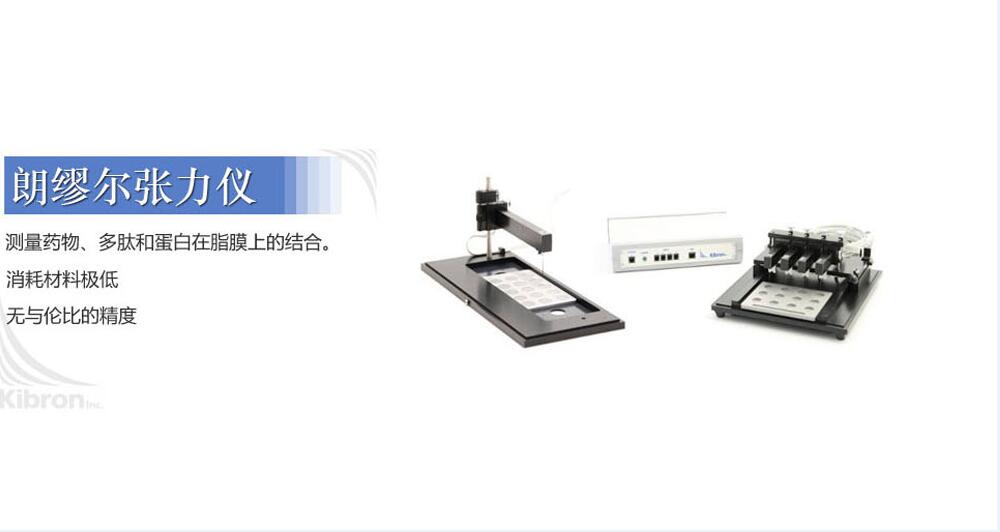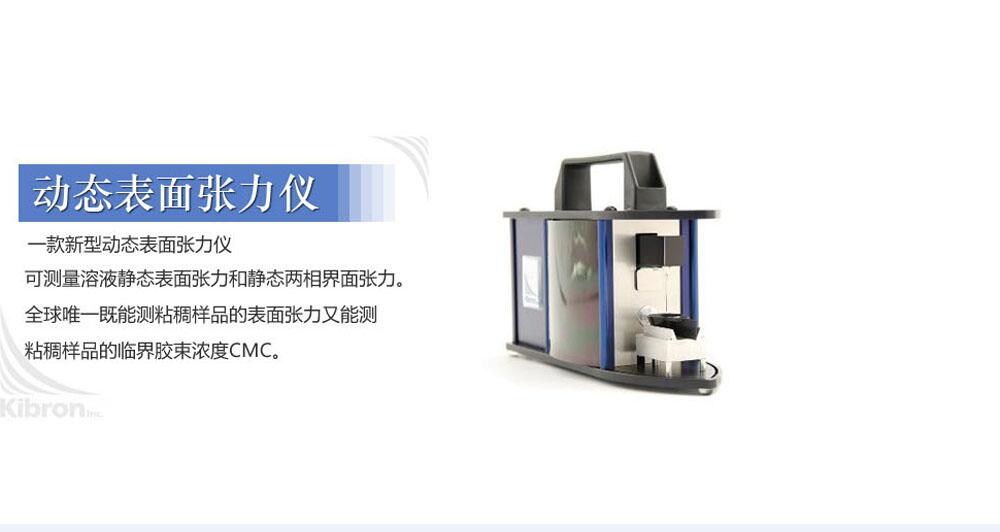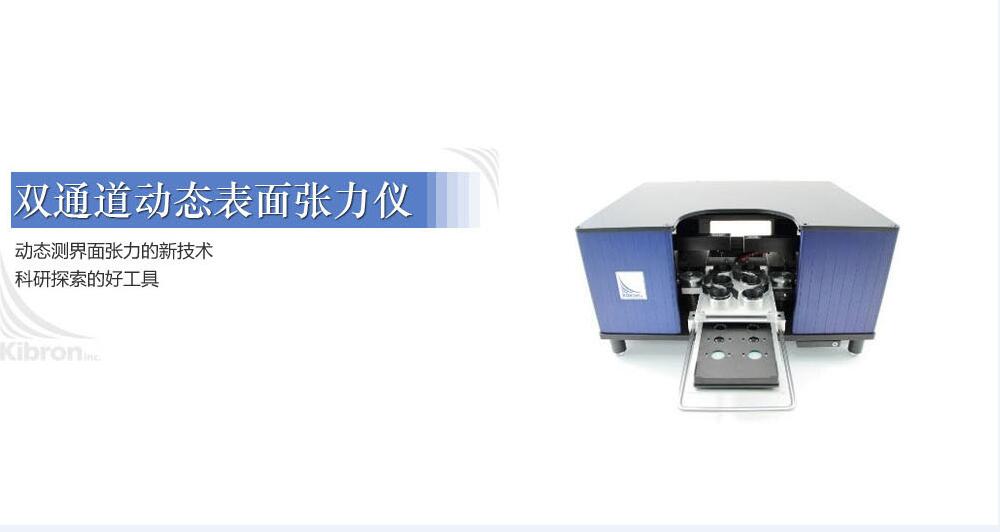合作客戶/
拜耳公司 |
同濟(jì)大學(xué) |
聯(lián)合大學(xué) |
美國保潔 |
美國強(qiáng)生 |
瑞士羅氏 |
相關(guān)新聞Info
-
> 低表面界面張力驅(qū)、滲一體化驅(qū)油劑的合成路線
> ?高分子表面活性劑HS-PA粒徑、表面張力、應(yīng)用性能等測定——結(jié)果與討論、結(jié)論
> 液體表面張力受力分析圖:原理、數(shù)學(xué)模型、應(yīng)用與實(shí)例
> 界面張力對低滲親水巖心自發(fā)滲吸的影響因素
> 如何有效避免釹鐵硼磁體擴(kuò)散源成分偏析
> 溫度、鹽對辛基酚聚氧乙烯醚磺酸鹽的油-水界面行為的影響(一)
> 添加不同量阿維菌素Silwet 408對阿維菌素微乳劑藥液表面張力的影響——結(jié)果與分析、結(jié)論
> 長鏈酰胺甜菜堿與芥酸鈉復(fù)配表觀黏度與降低界(表)面張力等性能評價(jià)
> 柴油機(jī)尾氣顆粒物采樣濾紙稱重設(shè)計(jì),有效縮短微量天平的穩(wěn)定時(shí)間
> 影響鋁粒進(jìn)入鋼液程度排序:渣鋁界面張力>鋼鋁界面張力>鋼渣界面張力
推薦新聞Info
-
> 稀薄氧壓下原位生長銅薄膜的氧化程度研究
> 利用氣體分析儀、超微量天平等研究DOC和DPF對柴油機(jī)排放性能影響
> 復(fù)合劑對不同基礎(chǔ)油界面張力的影響差異
> 不同船用柴油機(jī)油基礎(chǔ)油界面性質(zhì)與分水性的關(guān)系
> 動(dòng)態(tài)測量純凈水和硅油、純凈水和乙酸乙酯液體間界面張力
> 表面活性劑和聚合物、堿濃度對動(dòng)態(tài)界面張力值影響
> 機(jī)械通氣對心室壁張力和肺泡表面張力的影響
> 脂肪醇醚琥珀酸酯鹽表面張力、接觸角及應(yīng)用性能——結(jié)果與討論、結(jié)論
> 脂肪醇醚琥珀酸酯鹽表面張力、接觸角及應(yīng)用性能——摘要、實(shí)驗(yàn)部分
> ?降低界面張力可水系鋅離子軟包電池(AZIBs)循環(huán)耐久性
表面活性劑是否對斥水性土壤的潤濕性有影響?——結(jié)論、致謝!
來源:上海謂載 瀏覽 1593 次 發(fā)布時(shí)間:2021-11-09
結(jié)論
不像人工創(chuàng)造的穩(wěn)定的驅(qū)蟲表面或多孔 介質(zhì),拒水土壤表現(xiàn)出潤濕動(dòng)力學(xué),由此 最初疏水的土壤隨著時(shí)間的推移變得親水 與水接觸時(shí)。 初始潤濕動(dòng)力學(xué) 排斥土壤通常歸因于 固液界面能 (γSL),或液汽界面能 (γLV) 的降低,或兩者兼而有之。 γLV 的減少 建議是由于土壤表面溶解 活性有機(jī)化合物進(jìn)入與水接觸的水中 土壤。 在這項(xiàng)研究中,我們測試了土傳表面的影響 潤濕動(dòng)力學(xué)的活性物質(zhì),并發(fā)現(xiàn),與廣為接受的范式相反,土壤釋放表面 活性化合物不會(huì)加速潤濕過程。 因此很明顯,固體界面能的變化 表面(γSL 或 γSV),而不是液汽 表面 (γLV) 必須在驅(qū)動(dòng)不穩(wěn)定排斥性土壤的潤濕動(dòng)力學(xué)方面起主導(dǎo)作用。
致謝
本研究由以色列農(nóng)業(yè)部資助 和農(nóng)村發(fā)展,資助號(hào) 821-0088-04。
參考
Barrett, G. & Slaymaker, O. 1989. Identification, characterization, and hydrological implications of water repellency in mountain soils, southern British-Columbia. Catena, 16, 477–489.
Bisdom, E.B.A., Dekker, L.W. & Schoute, J.F.T. 1993. Water repellency of sieve fractions from sandy soils and relationships with organic material and soil structure. Geoderma, 56, 105–118.
Chen, Y. & Schnitzer, M. 1978. Surface-tension of aqueous-solutions of soil humic substances. Soil Science, 125, 7–15.
Dekker, L.W., Oostindie, K. & Ritsema, C.J. 2005. Exponential increase of publications related to soil water repellency. Australian Journal of Soil Research, 43, 403–441.
Dinar, E., Taraniuk, I., Graber, E.R., Katsman, S., Moise, T., Anttila, T. et al. 2006. Cloud condensation nuclei properties of model and atmospheric HULIS. Atmospheric Chemistry and Physics, 6, 2465–2481.
Doerr, S.H., Shakesby, R.A. & Walsh, R.P.D. 2000. Soil water repellency: its causes, characteristics and hydro-geomorphological significance. Earth-Science Reviews, 51, 33–65.
Doerr, S.H., Dekker, L.W., Ritsema, C.J., Shakesby, R.A. & Bryant, R. 2002. Water repellency of soils: the influence of ambient relative humidity. Soil Science Society of America Journal, 66, 401–405.
Ellerbrock, R.H., Gerke, H.H., Bachmann, J. & Goebel, M.O. 2005. Composition of organic matter fractions for explaining wettability of three forest soils. Soil Science Society of America Journal, 69, 57–66.
Feng, G.L., Letey, J. & Wu, L. 2002. The influence of two surfactants on infiltration into a water-repellent soil. Soil Science Society of America Journal, 66, 361–367.
Gee, G.W. & Bauder, J.W. 1986. Particle-size analysis. In: Methods of Soil Analysis. Part 1. Monograph No 9 (ed. A. Klute), pp. 383–411.
American Society of Agronomy, Madison, WI. Graber, E.R., Ben-Arie, O. & Wallach, R. 2006. Effect of sample disturbance on soil water repellency determination in sandy soils. Geoderma, 136, 11–19.
Hurrass, J. & Schaumann, G.E. 2006. Properties of soil organic matter and aqueous extracts of actually water repellent and wettable soil samples. Geoderma, 132, 222–239.
Letey, J. 1969. Measurement of contact angle, water drop penetration time, and critical surface tension. In: Proceedings of the Symposium on Water Repellent Soils 6–8 May 1968 (eds L.F. DeBano & J.F. Letey), pp. 43–47. University of California, Riverside, CA. Letey, J., Carrillo, M.L.K. & Pang, X.P. 2000. Approaches to characterize the degree of water repellency. Journal of Hydrology, 231–232, 61–65.
Ma'shum, M. & Farmer, V.C. 1985. Origin and assessment of water repellency of a sandy South Australian soil. Australian Journal of Soil Research, 23, 623–626.
Roy, J.L. & McGill, W.B. 2002. Assessing soil water repellency using the molarity of ethanol droplet (MED) test. Soil Science, 167, 83–97.
Tschapek, M. 1984. Criteria for determining the hydrophilicityhydrophobicity of soils. Zeitschrift fu¨r Pflanzenerna¨hrung und Bodenkunde, 147, 137–149.
Walkley, A. & Black, I.A. 1934. An examination of the Degtjareff method for determining soil organic matter and a proposed modifi- cation of the chromic acid titration method. Soil Science, 37, 29–38. Wallach, R. & Graber, E.R. 2007. Effluent irrigation-induced soil water repellency: time dependent variation of infiltration rate and of water repellency at different levels of ambient relative humidity. Hydrological Processes, 21, 2346–2355.
Wallach, R., Ben-Arie, O. & Graber, E.R. 2005. Soil water repellency induced by long-term irrigation with treated sewage effluent. Journal of Environmental Quality, 34, 1910–1920.
Wallis, M.G. & Horne, D.J. 1992. Soil water repellency. Advances in Soil Science, 20, 91–140.










